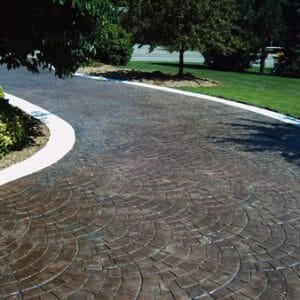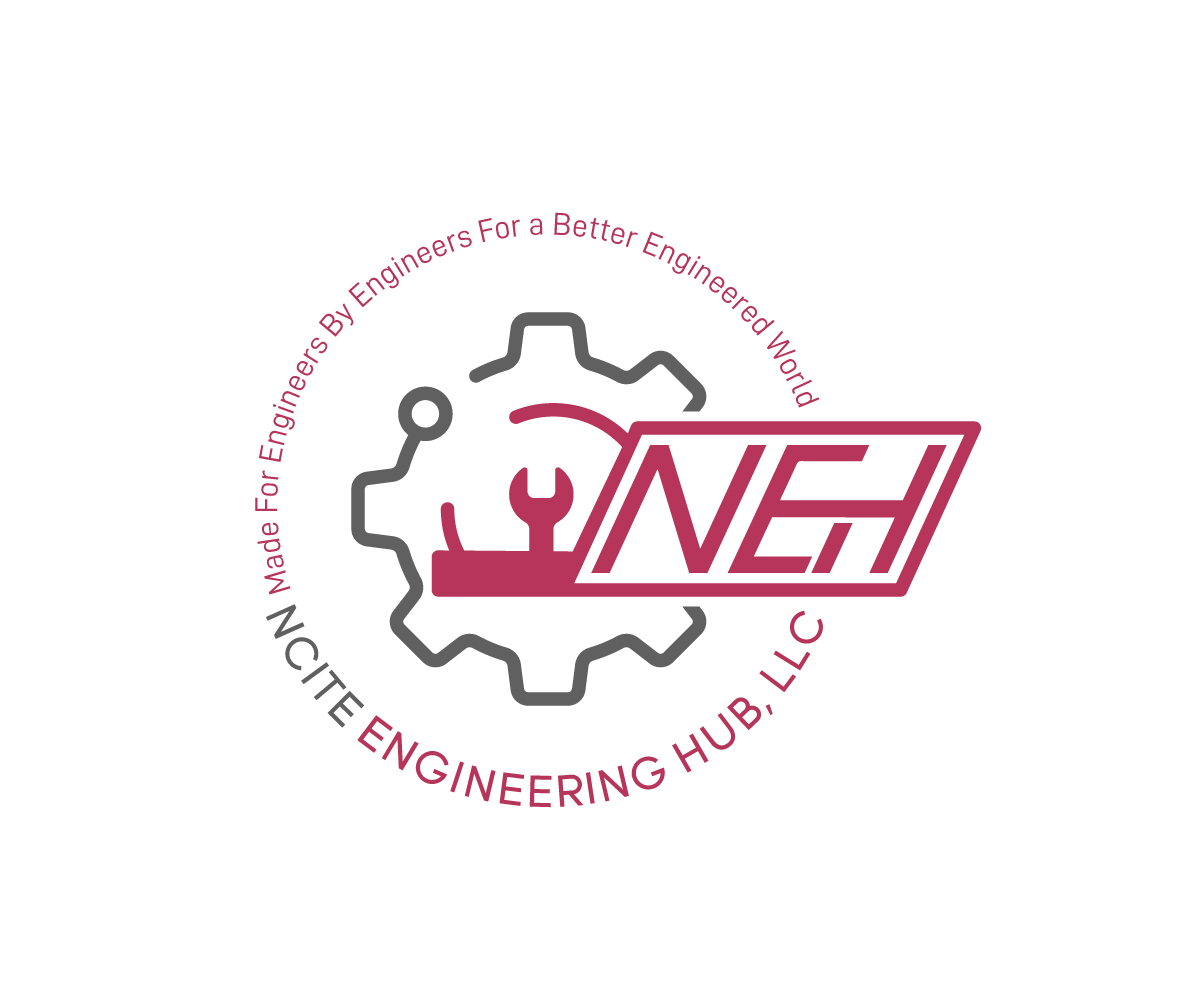Description
Scaffolding has a variety of applications in construction, alteration, routine maintenance and renovation. Scaffolding offers a safer and more comfortable work arrangement compared to leaning over edges, stretching overhead and working from ladders. Suitable and sufficient scaffolding must be supplied for work at elevations that are unsafe for access by other means. Properly erected and maintained, scaffolding provides workers safe access to work locations, level and stable working platforms, and temporary storage for tools and materials for performing immediate tasks.
Accidents involving scaffolding mainly involve people falling, incorrect operating procedures, environmental conditions and falling materials caused by equipment failure. Other causes of scaffolding accidents include failures at attachment points, parts failure, inadequate fall protection, improper construction or work rules, and changing environmental conditions (high winds, temperature extremes or the presence of toxic gases). Additionally, overloading of scaffolding is a frequent cause of major scaffold failure.
Individuals exposed to scaffolding hazards include scaffold erectors and dismantlers, personnel working on scaffolds, and employees and the general public near scaffolding. Scaffold erectors and dismantlers are at particular risk, since they work on scaffolds before ladders, guardrails, platforms and planks are completely installed.
This guide IS NOT INTENDED to be a guideline for compliance with all pertinent regulations enforced by OSHA, but rather an overview of safe practices in scaffolding procedures. If an area of this course is considered by the reader to be inconsistent with OSHA or other standards, the applicable standard should be followed.
COURSE OUTLINE
1. Scaffold design
2. Scaffold selection
3. Training
4. General guidelines for proper scaffold erection
- Have a better understanding of scaffolding design;
- Be better able to safely and properly use scaffolding;
- Be able to select the right scaffold for the job;
- Understand basic guidelines for scaffold erection techniques;
- Understand guidelines for alteration of scaffolding;
- Be able to inspect scaffolding;
- Understand dismantling of scaffolding;
- Be prepared able to incorporate fall protection with scaffolding;
- Understand proper maintenance of scaffolding; and
- Understand proper storage of scaffolding.
 E - 1118 Air Pollution Control - Carbon Adsorption for VOCs
1 × $75.00
E - 1118 Air Pollution Control - Carbon Adsorption for VOCs
1 × $75.00  E - 1123 Concrete Methods and principles - Full 8 Hours Course
1 × $200.00
E - 1123 Concrete Methods and principles - Full 8 Hours Course
1 × $200.00  E - 1525 Biodiesels- Handling and Use Guide
1 × $100.00
E - 1525 Biodiesels- Handling and Use Guide
1 × $100.00 

 E - 1118 Air Pollution Control - Carbon Adsorption for VOCs
E - 1118 Air Pollution Control - Carbon Adsorption for VOCs  E - 1123 Concrete Methods and principles - Full 8 Hours Course
E - 1123 Concrete Methods and principles - Full 8 Hours Course  E - 1525 Biodiesels- Handling and Use Guide
E - 1525 Biodiesels- Handling and Use Guide 


